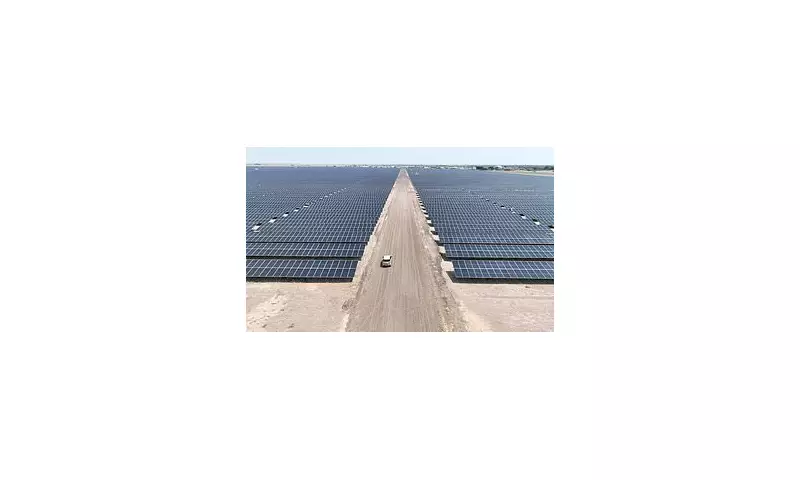
In a landmark moment for global energy markets, renewable power sources have officially overtaken coal-fired generation for the first time in history, according to groundbreaking data from the International Energy Agency (IEA). This seismic shift signals a fundamental transformation in how the world produces its electricity.
The Tipping Point: Clean Energy's Historic Breakthrough
The latest IEA report reveals that renewable energy accounted for more than 30% of global electricity generation in 2023, edging past coal which has dominated power markets for decades. This represents a dramatic acceleration in the transition toward cleaner energy systems worldwide.
"We are witnessing the beginning of the end of the coal age," declared Dr Fatih Birol, the IEA's Executive Director. "The energy world is changing dramatically before our eyes, with renewables establishing an unassailable lead in the global power sector."
What's Driving the Renewable Revolution?
Several key factors have converged to create this historic turning point:
- Plummeting costs for solar and wind technology, making renewables increasingly competitive
- Ambitious government policies and climate commitments driving investment
- Corporate sustainability targets creating massive demand for clean energy
- Technological advancements in energy storage and grid management
Solar Power: The Unstoppable Force
Solar energy has emerged as the standout performer in this clean energy transformation. The IEA reports that solar power alone accounted for three-quarters of the new renewable capacity added globally last year, becoming the cheapest source of electricity in history across many markets.
"The solar revolution is happening faster than anyone predicted," noted a senior IEA analyst. "We're seeing unprecedented growth rates that are reshaping energy systems from China to California."
Global Implications and Future Projections
This milestone has profound implications for global climate goals and energy security. The rapid expansion of renewables is not only reducing carbon emissions but also creating new economic opportunities and enhancing energy independence for many nations.
Looking ahead, the IEA projects that renewables will account for nearly 50% of the global power mix by 2030, with nuclear and other clean energy sources making up much of the remainder. This would put the world on track to meet critical climate targets while ensuring reliable, affordable electricity for growing populations.
Challenges Remain Despite Progress
While celebrating this achievement, energy experts caution that significant challenges remain. Grid modernization, energy storage solutions, and ensuring a just transition for fossil fuel-dependent communities will be crucial in maintaining momentum.
The path forward requires continued investment and policy support to build on this foundation and accelerate the transition toward a fully sustainable energy system.
This historic crossover marks more than just a statistical milestone—it represents a fundamental shift in how humanity powers its future, proving that a clean energy transition is not only possible but already well underway.





